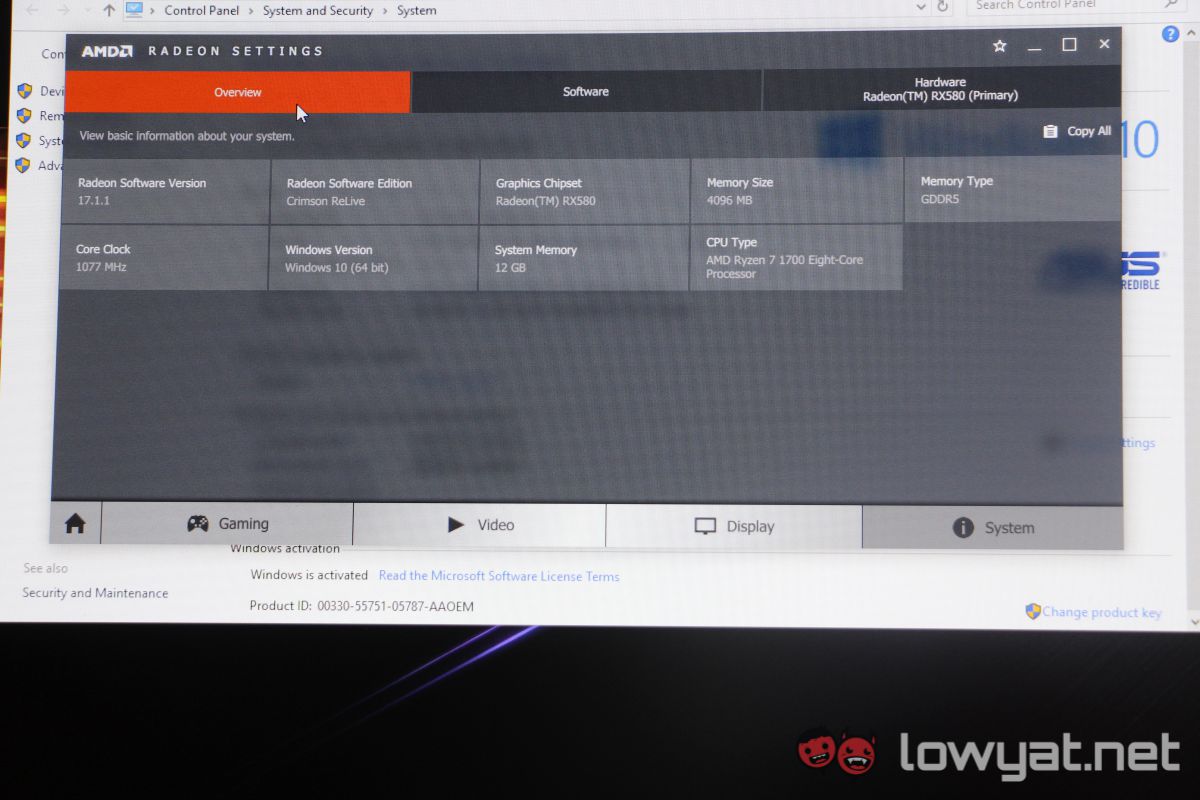Not only that, the dice likely consist of the top binned parts AMD created. Unlike a large monolithic die that is held back by the weakest link. They may actually exceed any part we've seen so far.
Unlike the single-die variants, Threadripper will be using at least some of the interfaces that are unused on the die. The need would be more pressing for optimizations for coherence, if some were left off for the purposes of latency in the single-die case.
Some of the TDP is going to be taken up by the uncores being more heavily utilized, and AMD's NUMA-like penalties look to be compounded with actual NUMA for the memory controllers and IO. The on-package GMI links would also add some amount of power and probably some latency versus a monolithic die.
In terms of getting good yields for the individual chips, AMD's method should help. Even if AMD has been stockpiling chips that get past the rather consistent ceiling overclocking tends to hit, it is potentially mitigating the chance of a weakest link that might be found on one chip with an architectural dependence Ryzen cannot remove, given its sensitivity to memory latency, data fabric tweaks, and CCX management.
Those sensitive points now get doubled and thrown over external links.
Coupled with Intel's more flexible turbo and acknowledging variability with the preferred cores, the extra binning flexibility may not provide much differentiation in terms of achievable performance.
There's a chance that an Intel monolithic core might have all good cores, can mitigate some slower cores by preferring the better ones, or could inactivate some weak cores. There's no chance Ryzen cores can be manufactured without an uncore and off-die interconnect.





